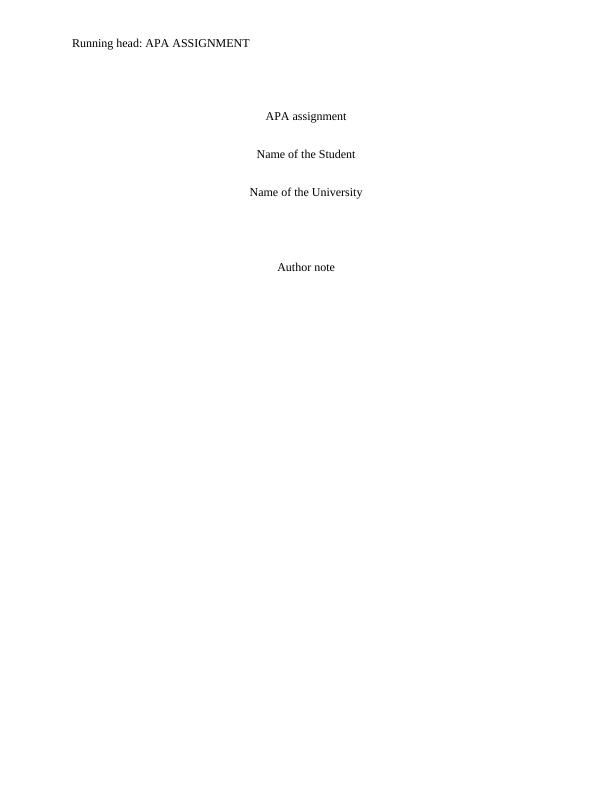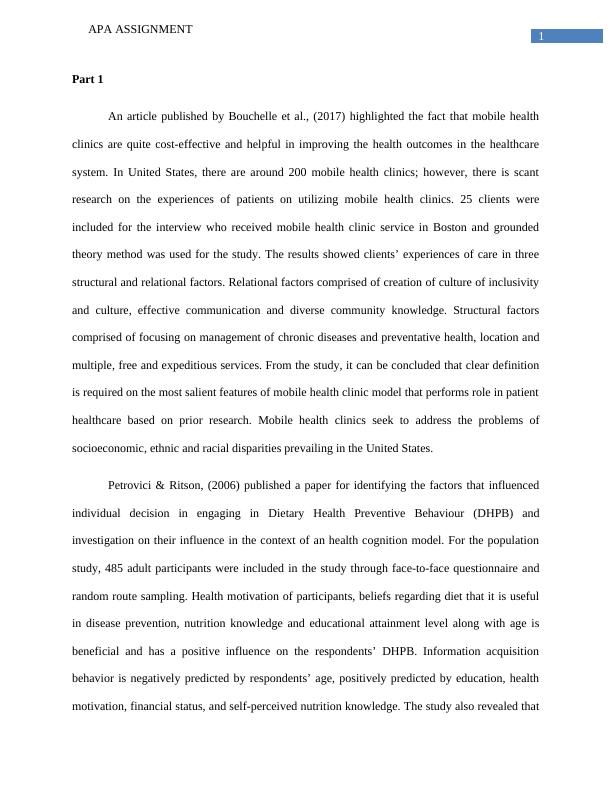Exploring the Concept of Vulnerability in Healthcare
6 Pages1495 Words79 Views
Added on 2023-06-11
About This Document
This article explores the concept of vulnerability in healthcare and its diverse applications and definitions. It also discusses the ethical and moral obligations surrounding this term in the Canadian healthcare system.
Exploring the Concept of Vulnerability in Healthcare
Added on 2023-06-11
ShareRelated Documents
End of preview
Want to access all the pages? Upload your documents or become a member.
Successful Aging
|3
|518
|104
Assignment on Health Advancement and Promotion
|6
|1252
|33
Health Initiative for Pacific Islanders
|6
|1350
|431
Sociology Assignment | Responses to Questions
|6
|1385
|11
Oral Health among Indigenous Australians PowerPoint Presentation 2022
|12
|1036
|8
Assignment on Public Health - United Kingdom
|7
|1650
|12



